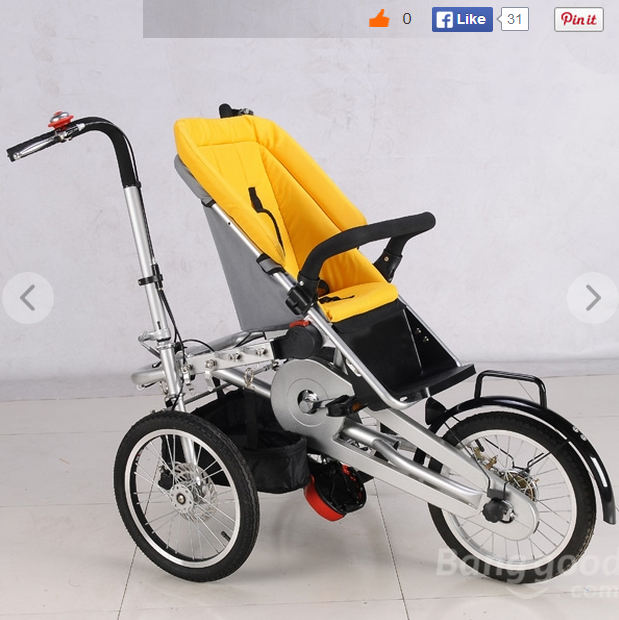Team Performance review midway checkpoint.
I don't always post something on checkpoints that I do regularly. Often it's just for my own review purpose but since this is a 'reflective' diary I thought I'd put my thoughts here.
DC3 has by far been the worst challenge in IFB103 yet. Appology to my Tutor and Lecturer's who may read this, but it has been terrible.
The scope leaves ALOT to the imagination, and with general confusion about what is to be done, who it's supposed to represent, and how it's to be represented has left at least 90% of the unit at a complete loss.
With this said however, I want to reflect on my teams performance post 'test pitch' last week.
Our meetings whilst have gone largely undocumented (that's mostly because nobody had a clue about what was to be done!!! How do you document in minutes "what do we have to do?"), they have been well conveyed in conversation and agreements, both in person and online forum.
Our team has been committed to meeting, participating and providing quantifiable contributions. The outlook has always been positive, and we have all got along very well.
Unlike DC2, I feel there is more confidence between the team, and whilst being fun, a professional approach has been displayed in respect to the actual research and cost effectiveness of the solutions we have come up with.
Each of my team members have taken to their roles in the 'Roleplay' with dedicated passion and are focussed on delivering the user/stakeholder problem that has been identified.
We were very happy that we managed to get closest to the result that was wanted in the practice pitch and had fun putting together something different, engaging, humorous and managed to get the stakeholders, problems and solutions out there in the time period given.
Is there anything I would change for DC3?
Yes... the content... but that's out of my hand. CityCycle is the best of a bad bunch of subject, with a notable amount prior research to draw upon, high profile news articles, and lots and lots and lots of public opinion!
The problem I've personally faced is getting positive opinion and actual user needs for the service. For every 1 person I've found that likes CityCycle and intends to use the service, there appears to be 20 who don't.
It's been really difficult to separate actual needs from useless cycle hater's comments, and I think this has a much larger effect on the use of the bikes more than the bikes themselves. Cyclists are the bane of existence on the road for motorists. And since the vast majority of people drive to work are motorists, the cycling community is often considered elitist and arrogant with road usage.
There appears to be an larger underlying problem to the usage of CityCycle. And I feel it's more related to a hatred towards cyclists as a whole by Motorist groups. And if I'm perfectly honest, I'm not a fan of cyclists myself.
Living on the Gold Coast, I encounter large groups of cyclists at this time of year, riding at speed (40-60kph) in groups of 5 to 25!!! Little to no indication of lane changes. Riding 3 across and hogging a full lane on a dual lane road which is rated for 80kph is rediculous when there is a perfectly empty hard shoulder to ride in. Then when you get to your destination, there's already 40 of them, all talking loudly in their stretched to breakpoint spandex outfits and littering all the coffee shops! With a sense of arrogance that they have spandex pants and are elitist road users!!!
Okay, so I've made my point. I hate cyclists... I don't like the elitism they portray and arrogance when they congregate in groups. I don't like how fast they ride on footpaths, over bridges but too slow on fast flowing roads, making them a danger to both pedestrians and motorists alike. And I especially hate how they think that they are legitimate road users and that because they are less protected on a bicycle, it is by default the motorists fault if they fail to be able to avoid them when they show little to no regard for the road rules.
Has this made an impact on my opinion on how 'I' perceive CityCycle? You bet it does! Take bicycles and put inexperienced tourists, families and commuters on a bicycle and your asking people to take their lives into their own hands. I have enough problem with the 'professionals' on the road, I don't want to see any amateurs being smeared on the road!!!
So I'm a keen motorist. Hating cyclists doesn't make me racist. But it does make me not want to use a CityCycle service on this principle! It's not something I feel I can bring up in this subject as a legitimate Problem/Solution.
But I do think a public perception of cyclists as a whole has more to do with the adoption and acception rate of the CityCycle service than we think.
















